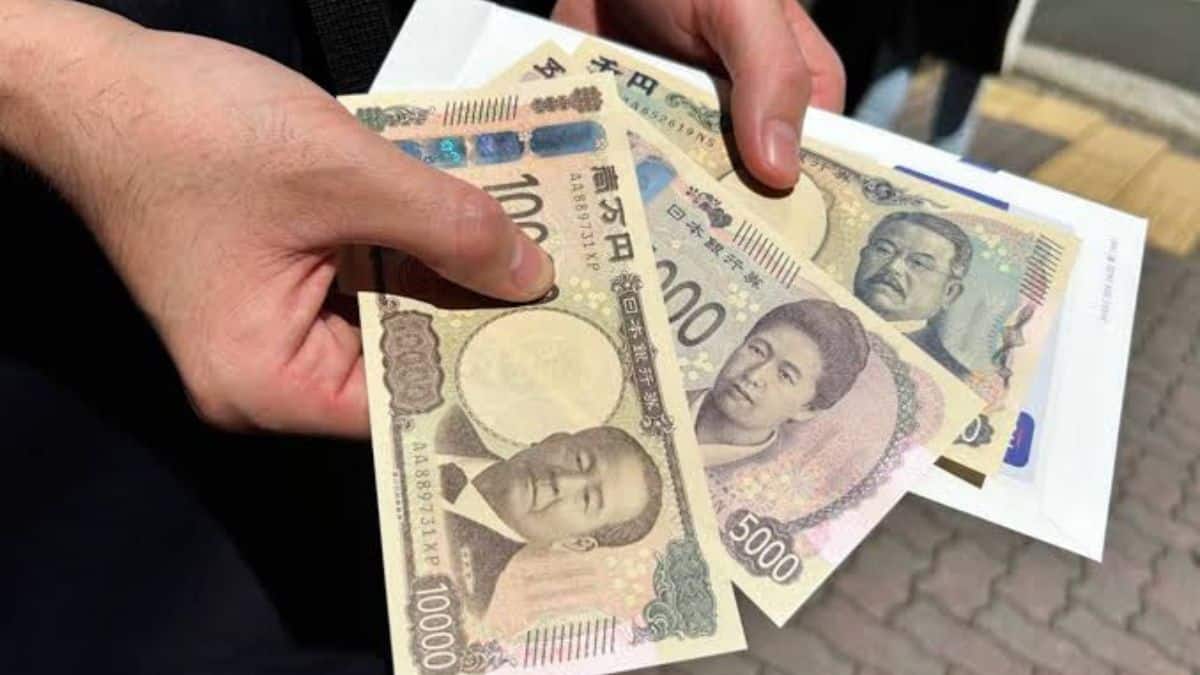 Image Credits: Free Malaysia Today
Image Credits: Free Malaysia Today
The Japanese yen catapulted to its highest level against the dollar in 2½ months on Thursday, marking significant gains against a basket of currencies as global markets grapple with heightened risk aversion and unwinding yen carry trades.
In early Asian trading, the yen surged more than 1% against major counterparts such as the dollar, euro, sterling, and the Australian dollar before paring some losses later in the session. Analysts attribute the yen’s robust performance to the liquidation of short yen positions ahead of the Bank of Japan’s scheduled meeting next week, where discussions around a potential interest rate hike are anticipated.
Sources familiar with the matter revealed that the BOJ is set to deliberate on adjusting interest rates and outlining a strategy to gradually reduce bond purchases, signaling its commitment to gradually scaling back extensive monetary stimulus measures.
Against the dollar, the yen climbed 0.7% to ¥152.81, reaching its highest point since May at ¥152.23 earlier in the day. The euro also experienced a decline of 0.7% to ¥165.59, while both sterling and the Australian dollar depreciated by 0.85% and 1.3% respectively against the resilient yen.
“The unwinding of speculative positions in the yen has triggered significant market movements, as traders adjust their strategies ahead of the BOJ’s policy announcement next week,” remarked Khoon Goh, head of Asia research at ANZ.
Market sentiment also shifted towards risk aversion following sharp declines on Wall Street, exacerbated by a broader retreat from technology stocks.
“It’s a convergence of factors contributing to the yen’s strength at this juncture—unwinding of tech trades, unwinding of carry trades involving the yen, and a corresponding retreat in the Nikkei,” noted Tony Sycamore, market analyst at IG.
The downturn in market sentiment also impacted the Australian and New Zealand dollars, both of which faced additional pressure from declining commodity prices. The Australian dollar slipped by 0.55% to $0.6545, while the New Zealand dollar hit a 2½-month low of $0.5913.
In other currency movements, the euro held steady at $1.0839, while sterling experienced a slight decline of 0.12% to $1.2890.
Separate PMI surveys released on Wednesday painted a mixed picture of economic activity in Europe and the UK, influencing expectations for upcoming monetary policy decisions by the ECB and Bank of England.
Looking ahead, market participants are closely monitoring U.S. second-quarter growth figures, although expectations for Federal Reserve rate cuts remain largely unchanged for September, with an impending adjustment already fully priced in.
Amidst broader currency movements, the dollar saw a marginal dip against a basket of currencies, primarily driven by the yen’s robust performance.
Meanwhile, in China, the yuan edged up by 0.15% to 7.2533 per dollar, following an unexpected move by the central bank to inject liquidity into the economy through lower lending rates—a proactive step to support economic stability amid ongoing challenges.
Simultaneously, five major state-owned banks in China announced reductions in deposit rates, marking the first widespread cut since December last year, signaling concerted efforts to bolster economic resilience.
The evolving dynamics in global currency markets underscore heightened volatility and strategic adjustments by central banks and investors alike, amidst shifting economic landscapes and policy developments across major economies.
